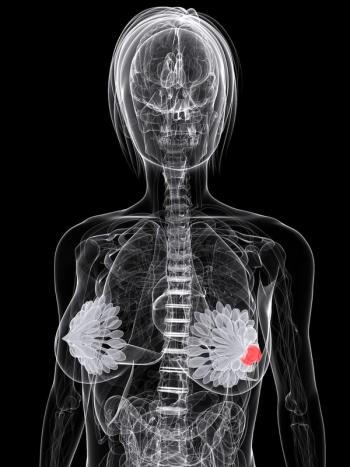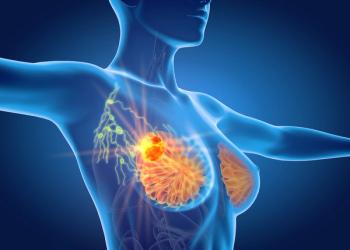
Oncology NEWS International
- Oncology NEWS International Vol 8 No 7
- Volume 8
- Issue 7
Microsatellite Instability Identifies Risk for HNPCC
PHILADELPHIA-A simple new test can detect which individuals may be at risk for hereditary nonpolyposis colon cancer (HNPCC), or Lynch’s syndrome, and therefore should undergo genetic screening for HNPCC mutations.
PHILADELPHIAA simple new test can detect which individuals may be at risk for hereditary nonpolyposis colon cancer (HNPCC), or Lynchs syndrome, and therefore should undergo genetic screening for HNPCC mutations.
The test, which analyzes a type of genetic instability known as microsatellite instability, offers greater accuracy than current clinical parameters, Tao Liu, MD, of the Karolinska Institute, Stockholm, Sweden, said at the annual meeting of the American Association for Cancer Research (AACR).
Dr. Liu said that up to 5% of the general population is estimated to have an HNPCC mutation. The current clinical definition of HNPCC, he continued, is the occurrence of colon cancer in at least three individuals from one family over at least two generations and with at least one individual diagnosed under age 50. Most cases, he said, are due to alterations in one of the genes responsible for repairing mistakes in newly copied DNA.
Tumors from HNPCC patients are characterized by a genetic instability in segments known as microsatellites. The study evaluated affected members from 83 unrelated colorectal cancer families. A mutation was found in 71% of the families whose tumors showed microsatellite instability, but in only 1 of 35 families (2.9%) with stable tumors.
The finding of microsatellite instability in colorectal tumors from patients with a family history of colorectal cancer or an early onset of disease is the best predictive indicator of a germ-line mutation, Dr. Liu said.
Must Have a Family History
The test cannot preselect gene carriers among sporadic cases. However, he said, in patients with a family history of colorectal cancer, a test for microsatellite instability can predict a gene carrier, and very few germ-line mutations will remain undetected.
Identification of gene carriers, he concluded, allows genetic testing in their families. Gene carriers can be offered surveillance, and the noncarriers can be informed that they are at no increased risk, Dr. Liu said.
Articles in this issue
over 26 years ago
Nasal Angiogenesis Inhibitor May Stop Kaposi’s Sarcomaover 26 years ago
Surgeon’s Perspective on Neoadjuvant Chemo for Breast Cancerover 26 years ago
STAR Breast Cancer Prevention Trial Begins Enrollmentover 26 years ago
Studies Suggest New Approaches in Hereditary Ovarian Cancerover 26 years ago
Lycopene Beneficial in Prostate Cancerover 26 years ago
Komen Launches REMEMBERover 26 years ago
Advice and Support for Daughters of Breast Cancer Patientsover 26 years ago
Fetus May Be Harmed by Second-Hand Smokeover 26 years ago
Genes Linked to Smoking Affinity, Smoking-Induced Lung Cancerover 26 years ago
Ultraviolet Light Slated for Review as CarcinogenNewsletter
Stay up to date on recent advances in the multidisciplinary approach to cancer.
















































































